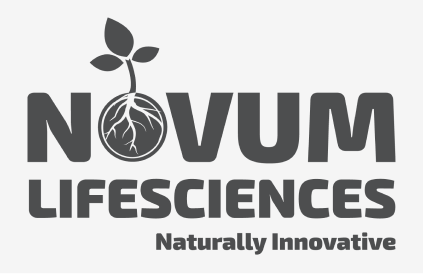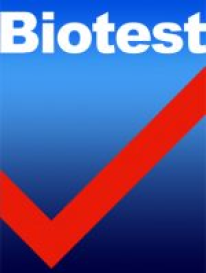As a major contributor to residue surveillance as part of the National Residue Survey, Symbio Laboratories has expanded its capability to include low-level detection of a range of mycotoxins. Symbio Laboratories is one of Australia’s leading independent laboratories that specializes in the provision of specialist residue analysis servicing the agriculture and food industries. You can trust Symbio with your mycotoxin detection needs.
 The 2010/2011-grain harvest was unique across Eastern Australia with rain falling before, during and after harvest. Signs of mould were appearing on grain samples from across the eastern states with many buyers concerned that a white and pink mould evident on weather-damaged wheat and barley samples may be toxic.
The 2010/2011-grain harvest was unique across Eastern Australia with rain falling before, during and after harvest. Signs of mould were appearing on grain samples from across the eastern states with many buyers concerned that a white and pink mould evident on weather-damaged wheat and barley samples may be toxic.
Mouldy grain can impact negatively on animal performance with some moulds being more toxic than others. A white mould on freshly harvested cereal grains was confirmed as containing a toxin known as Deoxynivalenol a Tricothecene, also known as DON or vomitoxin. Other moulds of concern are T2 and HT2, also members of the Tricothecene family of mycotoxins, Zearalenone, Ochratoxin A and Fumonisin.
Mycotoxins standards for grains and finished feeds vary depending on the market, but upper limits for mycotoxins are usually expressed as micrograms per kilogram (µg/kg) or parts per billion (ppb – equivalent to measuring a second in 32 years). The equipment required to achieve this level of accuracy is highly sophisticated and sensitive.
The other challenge in mycotoxin analysis is obtaining a representative sample. Mycotoxins do not occur uniformly throughout a load, so accurate sampling for mycotoxin analysis is extensive, time-consuming and requires substantial quantities of grain. For this reason, the international body Codex Alimentarius has formulated a code of practice for the correct sampling for mycotoxins in cereals. The code requires mixing and splitting 6 kg of original sample to obtain a representative subsample for analysis.
Symbio Laboratories is one of the few laboratories in Australia set up and approved by the National Residue Survey to conduct mycotoxin analysis based on the Codex requirement.
Mycotoxin Detection by Liquid Chromatograph Mass Spectrometry
Analysis of the following individual mycotoxins by Liquid Chromatograph Mass Spectrometer can be completed:
- Aflatoxin B1
- Aflatoxin G2
- HT2 toxin
- Zearalenone
- Aflatoxin B2
- Deoxynivalenol
- Ochratoxin A
- Fumonisin
- Aflatoxin G1
- Nivalenol
- Patulin
The level of detection for these compounds is in the order of parts per billion, so low-level reporting is assured. Results can be expected in 7 working days making Symbio Laboratories one of the few laboratories in Australia offering rapid, accurate and precise determination of mycotoxins in grain, finished feed and food products.
Mycotoxin Detection Services at Symbio Laboratories
Symbio Laboratories have an extensive offering of NATA accredited tests and specialist industry experienced staff.
We can discuss your testing requirements, conduct a testing audit and implement a testing plan for you.


